Introduction:biology3D printingIs a collection of machinery, materials, biology,medicineAnd other cutting-edge technologies in many disciplines, therefore, this technology has also attracted majorinvestThe company’s attention.
Australia3D bioprintingExpert Inventia Life Science announced the completion of Series B on December 16, 2021
Financing
, Raised a total of 35 million Australian dollars (approximately 159 million yuan). The investment was led by Blackbird Ventures and received long-term support from Skip Capital. The total financing amount reached 32 million U.S. dollars (approximately 204 million yuan).
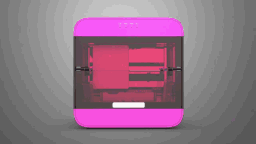
△Biology3D printing
Inventia Life Science intends to use the funding to accelerate the launch of RASTRUMBio 3D printingmachine, And the sales focus is on the US market. Julio Ribeiro, CEO of Inventia Life Science, said that the new round of financing will enable Inventia to expand its scale and promote new methods for cancer research and the development and verification of new drugs.
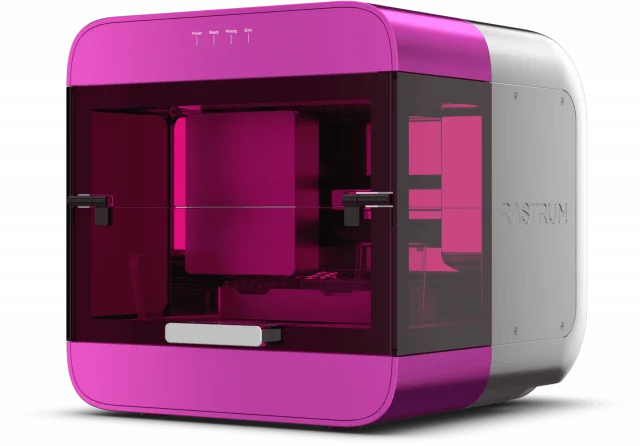
“Digital Bioprinting” and RASTRUM
Headquartered in the suburbs of Sydney, Inventia Life Science focuses on the manufacturing of realistic 3D human tissue systems required for drug and therapeutic research applications.The company tried to3D printing technology“Digitalization”, the ability to deposit small cells and matrix droplets quickly and with high precision in a way that does not affect cell viability. The PEG bio-ink used by Inventia Life Science can be combined on contact without thermal stimulation, and 3D bioprinting is carried out by means of “matrix building blocks”.
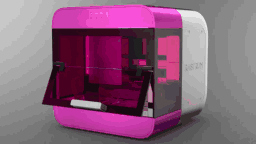
△Digital printing
Based on this “digital bioprinting” technology, Inventia successfully developed the first bio3D printer: RASTRUM.This machine can be used as a simple cell culture platform in the laboratory, andstandardThe well plate is compatible, and the adhesive peptide matrix and 3D model library are used for printing, so that users do not need to waste time on modeling or hydrogel engineering.
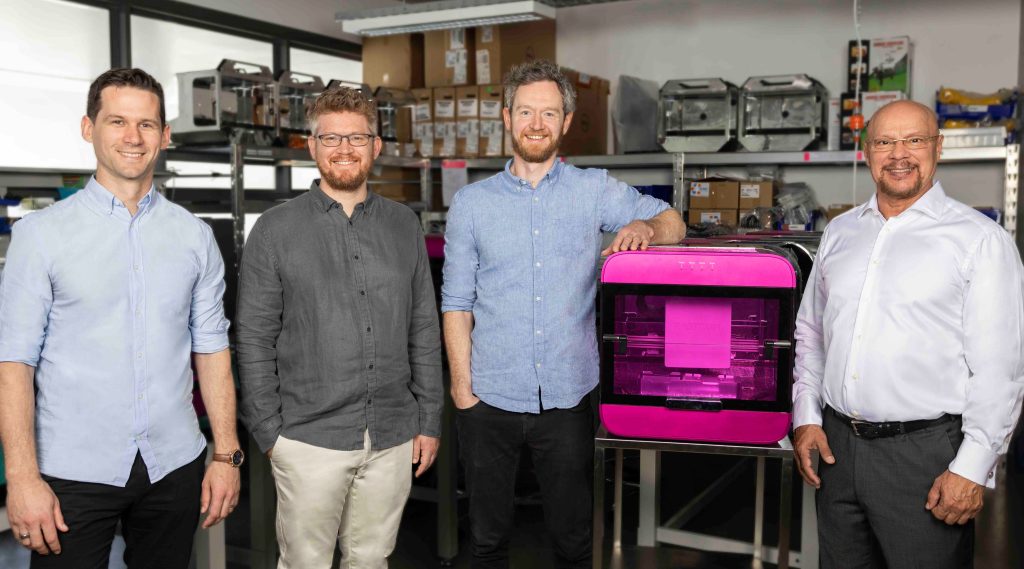
△Cameron Ferris, Chief Operating Officer of Inventia Life Science, Bob Groeman, Chief Purchasing Officer, Aidan O’Mahony, Chief Technology Officer, and Julio Ribeiro, Chief Executive Officer.
In order to help users further shorten the cell research time, RASTRUM is designed to be highly automated, with multiple independent nozzles, which can deposit up to 8 different printing fluids simultaneously during the printing process. Inventia claims that RASTRUM can deposit 1,000 droplets per second on the surface of the board, with a droplet volume of 20-25 nL.
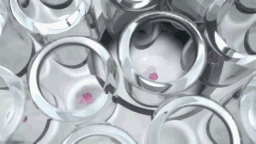
△PEG bio-ink
The RASTRUM print head can print multiple matrices in a single pass. The machine’s two-axis linear motion control system precisely controls the placement, spacing and volume of the matrix components (20μm per axis), and the use of multiplexing functions can be faster , Construct complex 3D cell models more efficiently. In addition, RASTRUM has mechanized cleaning and sterilization functions, which can perform the next task faster after printing.
Accelerate U.S. market promotion
After the financing, Inventia Life Science is trying to promote the RASTRUM 3D cell culture platform globally, especially in the US market. It is estimated that the current US biomedical research and drug discovery market is worth more than 40 billion U.S. dollars. In order to achieve the promotion plan, the company plans to increase the number of team employees from 36 to 150 by the end of 2024, and hire Dr. Dwayne Dexter as the US sales director.
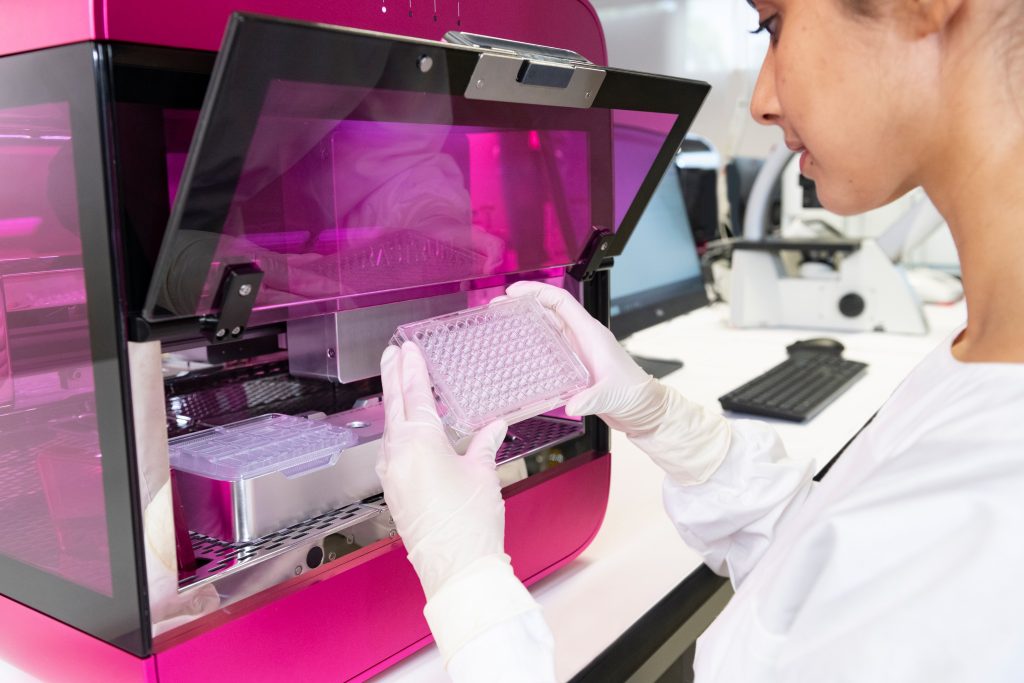
△Inventia Life Science plans to RASTRUM 3D bioprintingThe machine is introduced to the global market. Picture from Inventia Life Science.
Dwayne has held senior positions at Mimetas, an organ cell supplier, and will focus on promoting the application of Inventia technology in the United States and Canada, while expanding the pharmaceutical and academic customer base. At present, Inventia Life Science has listed three “leading US pharmaceutical companies” as customers, and after installing the first machine in 2020, the company will accelerate this process, improve cell research technology, and reshape the biomedical industry. Especially the pharmaceutical industry.
(Editor in charge: admin)


0 Comments for “Inventia Life Science receives 35 million Australian dollars in Series B financing to introduce the bio 3D printing cell culture platform to the US market”